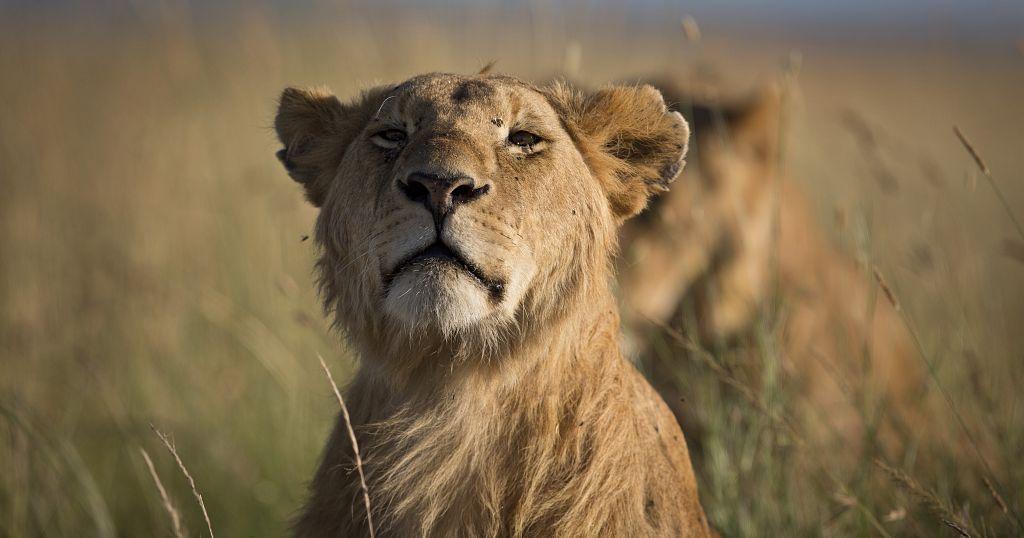Africa-Press – Zambia. The majestic lions of Kenya’s national parks are a species living on the edge.
The edge of diminishing ecosystems, locked in a conflict with humans, whilst also threatened by wildfires and climate change.
Humans and lions are engaged in a battle for resources.
The killing of 10 lions in one week in May this year at Kenya’s Amboseli National Park once again highlighted an increase in human-wildlife conflict.
In some areas of Kenya, lion populations overlap with human settlements and livestock grazing areas leading to negative interaction and conflicts that often result in economic losses, threats to human life and conservation challenges.
The building of infrastructure has also worsened the problem.
To guard their herds against predators, the farmers often resort to drastic measures such as spearing and the use of potent pesticides in a bid to kill the iconic species.
Conservationists are saying that the future looks grim for lions.
” When you look back say 100 years ago, it is estimated that there were around 200,000 in Africa. Today, you could say in all of Africa, 20,000. In Kenya here, 2,500.It is a drop in the ocean. All those many years ago, between then and now, the habitat these animals used to inhabit has diminished, they have lost 90 percent of the territories throughout all of Africa. 26 countries in Africa no longer have any lions at all. They all died out because of there is no game, there is a lot of population of people, people need land to leave, they need land to feed etcetera it is just not tenable,” says David Mascall, a conservationist.
According to the International Fund for Animal Welfare, the recent drought witnessed in Kenya led to the deaths of thousands of wildlife in ecosystems such as the Amboseli.
The drought was described as the worst in 40 years and was marked by minimal rainfall.
Approximately 6,093 animals were lost between June and November 2022.
The drought led to the loss of grasslands that attract prey that would then serve as a source of food for lions.
If their prey is no longer present, they will turn their attention to livestock, and conflict with local people follows.
” Lions and other predators have a great advantage if the grass is really nice and long. Well today with the lack of rain that has been occurring, the grass has not grown to the same extent although the prey species still can move out of course, the predators are disadvantaged because once a prey species moves out you have got an issue with the communities,” says Mascall.
Wildfires have also been identified as a contributing factor in the loss of valuable rangelands.
In 2020, the Tsavo ecosystem experienced wildfires that led loss of wildlife as well as their rangelands.
Scientists emphasize on the need for long-term solutions to address the impacts of habitat loss.
” If still the management in Kenya is under the command and control and does not embrace the community, where the community comes in and co-exists with together with the lions, together with other animals and that way the benefit that comes out of the ecosystems like the Amboseli and Tsavo should also maybe shared to the adjacent community why? Because at the end of the day, they will have an incentive to conserve these rare species, the lions,” says Jane Mutune, a researcher on environmental governance at the University of Nairobi.
The World Wildlife Fund reports that there may be as few as 23,000 wild lions left, with lions disappearing from over 90% of their historical habitats.
” We are on the way down, our children, our grandchildren, many of them will never see anything of a live lion, they will just see it in a book, a picture. Isn’t that sad,” says Mascall.
For More News And Analysis About Zambia Follow Africa-Press







